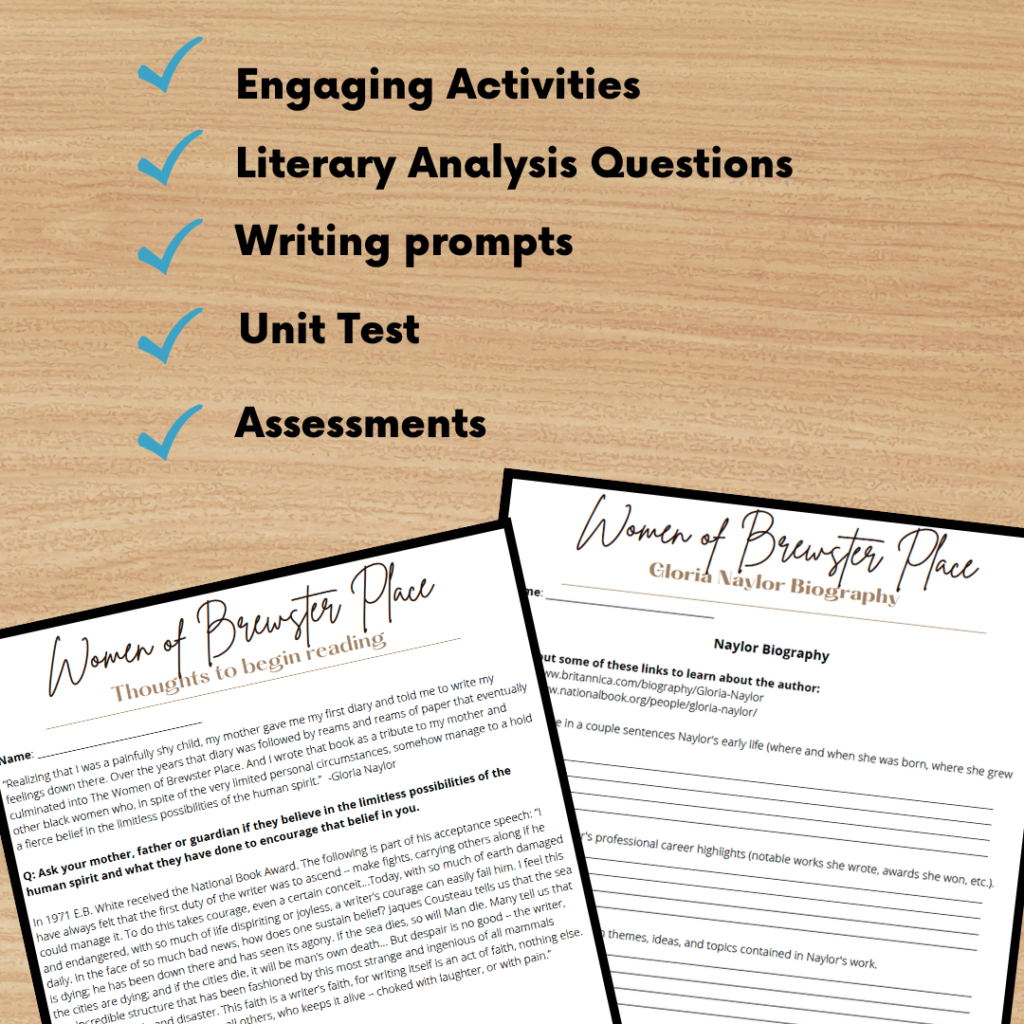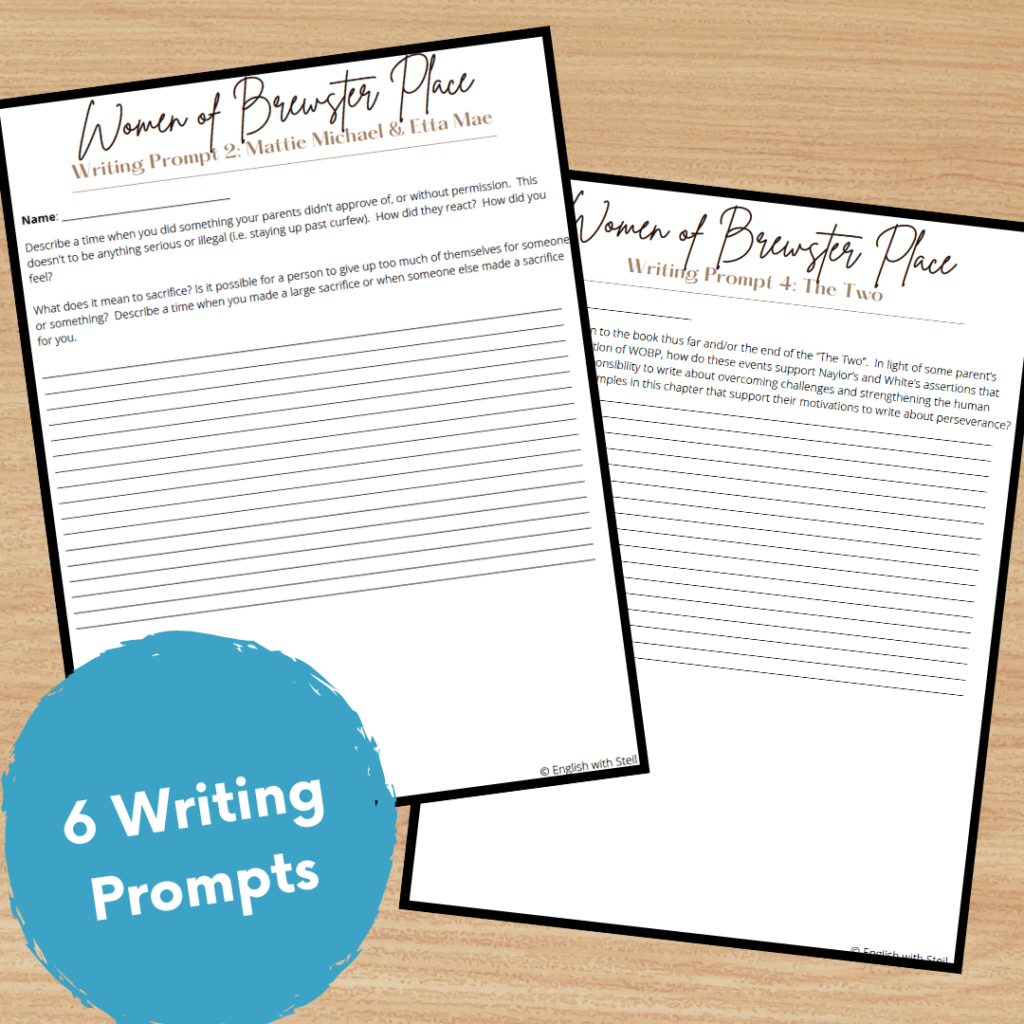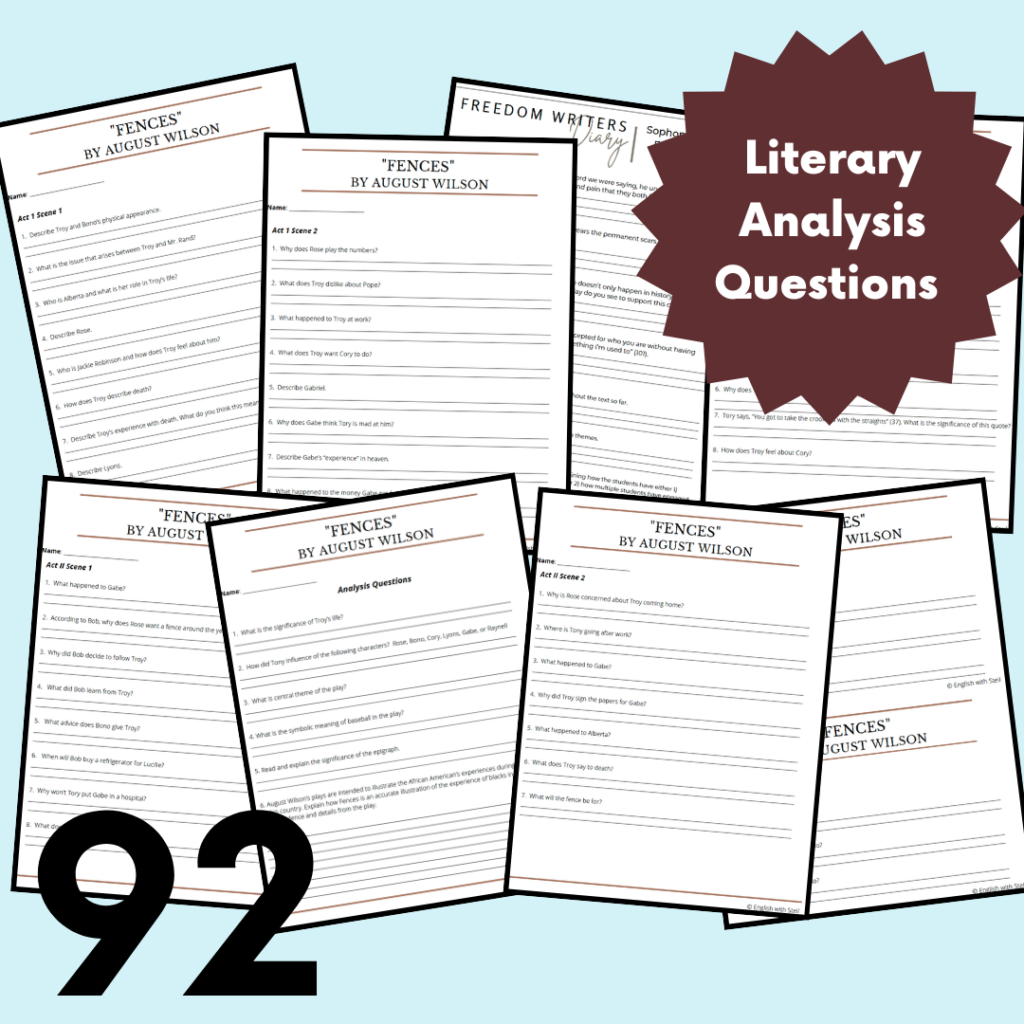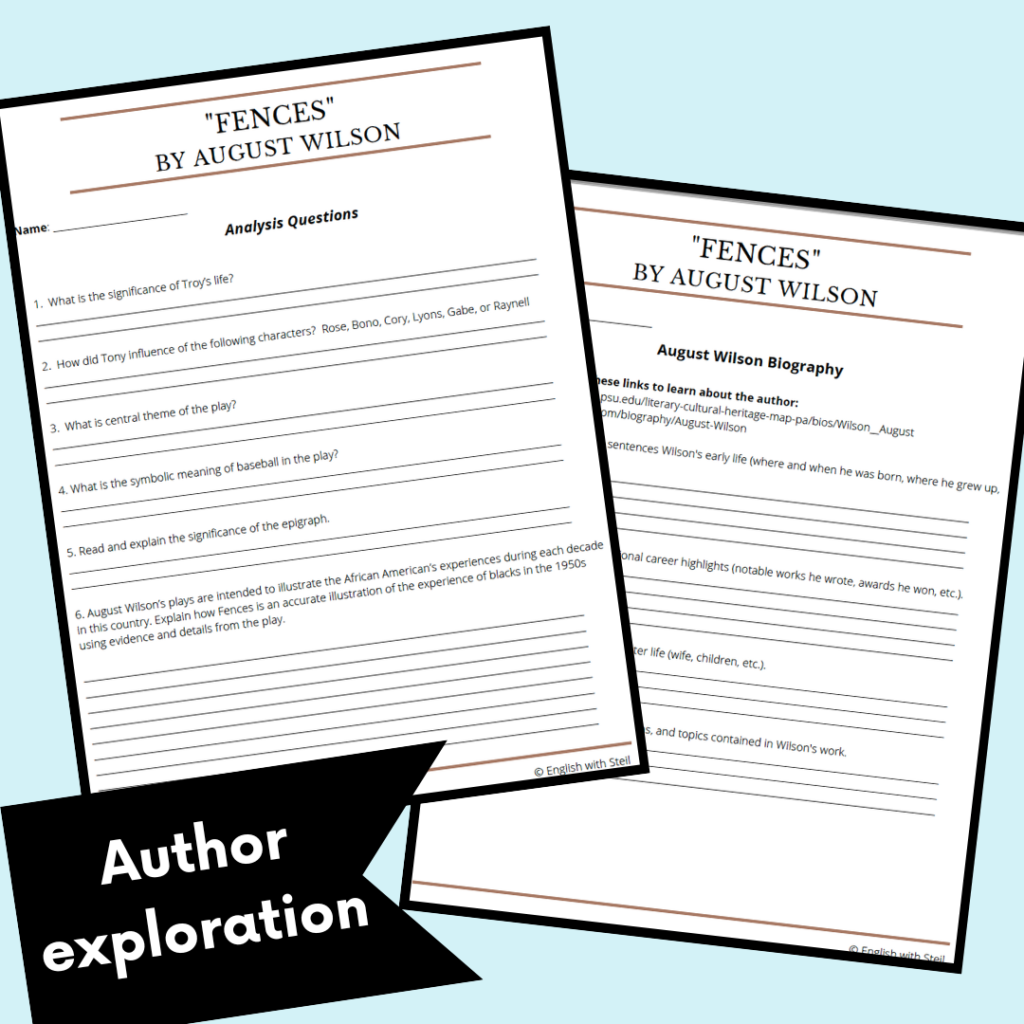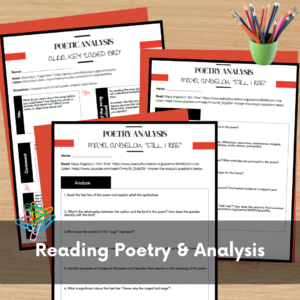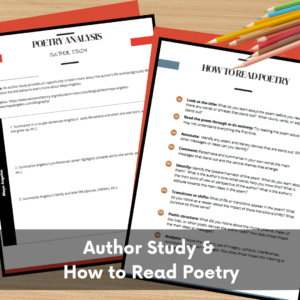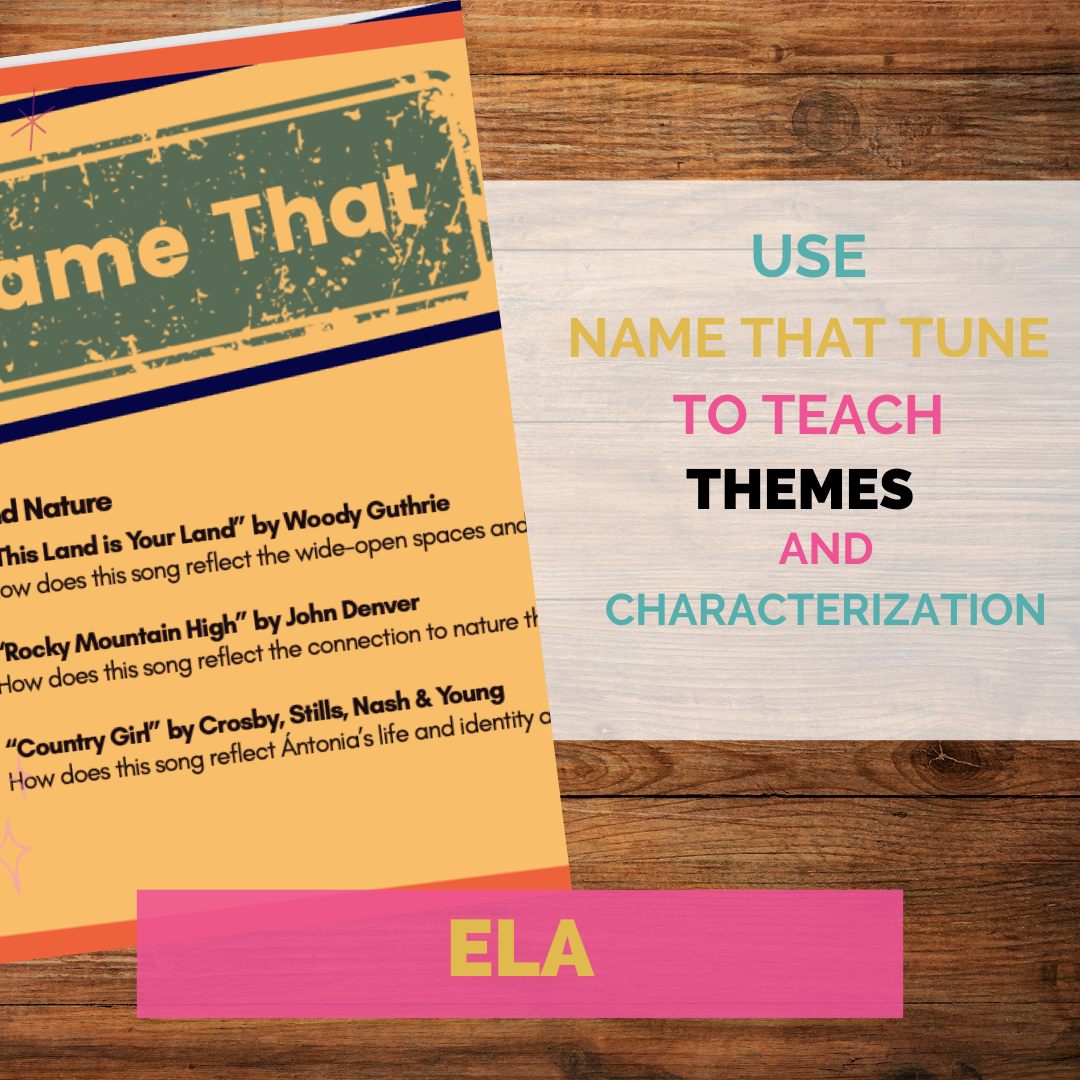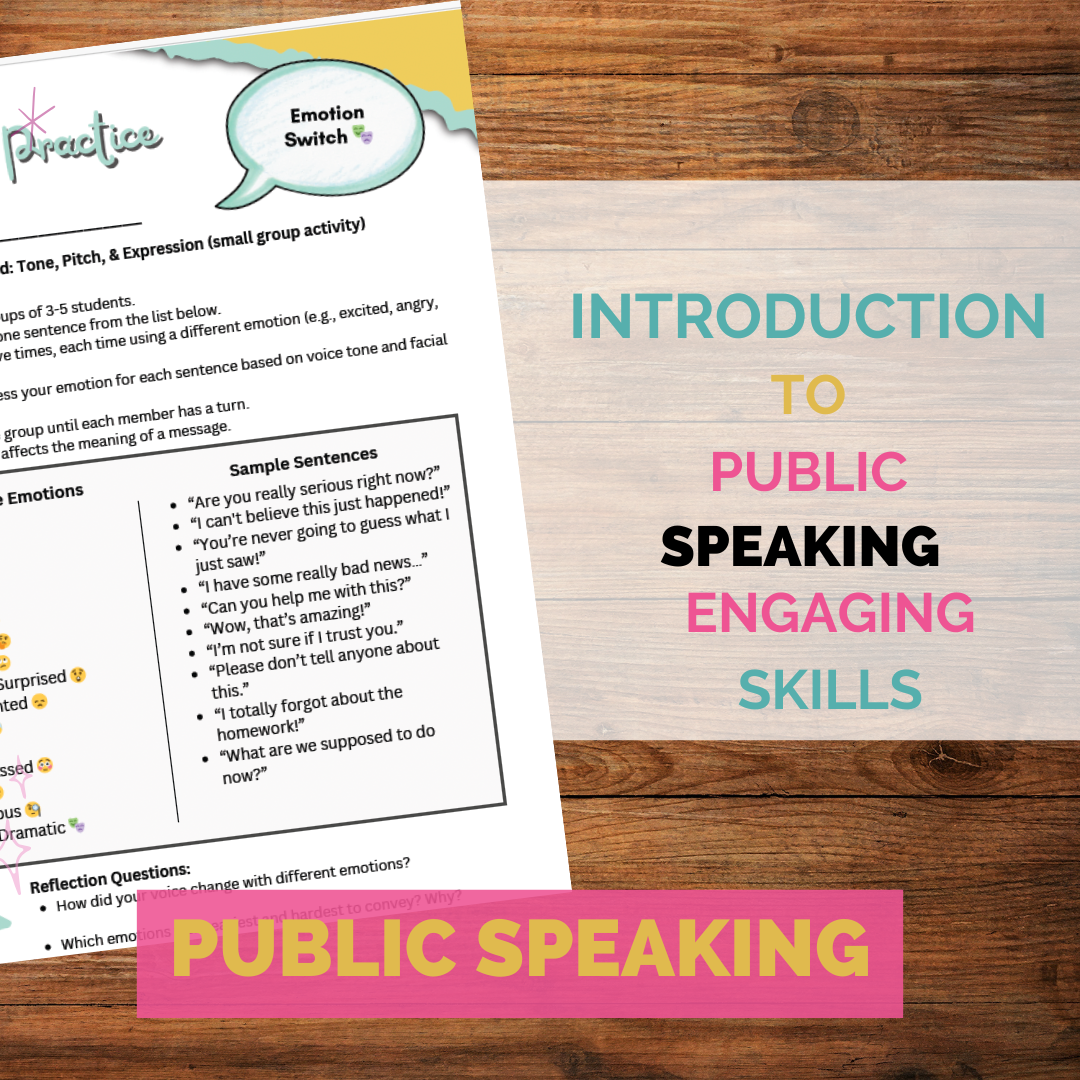February is Black History Month, and it’s the perfect time to introduce your students to literature that explores racism, the legacy of slavery, deferred dreams, and what it means to be Black in America. This curated list of classic and contemporary works is designed to spark meaningful conversations about systemic inequality, resilience, and perseverance. While not exhaustive, these selections will enrich your curriculum and inspire critical thinking in your classroom.
The Women of Brewster Place
The Women of Brewster Place: Gloria Naylor’s The Women of Brewster Place: A Novel in Seven Stories is a beautifully woven tapestry of interconnected tales about seven Black women living in a tight-knit urban community. Through stories of love, pain, and grief, Naylor creates a vivid portrayal of resilience and support. Despite facing shattered dreams and systemic oppression, these women find strength in one another and the courage to persevere.
Teaching this novel offers an opportunity to:
Explore themes of race, gender, and social class.
Foster empathy through vivid, relatable characters.
Discuss how systemic oppression impacts individuals and communities.
With its emotional depth and nuanced storytelling, The Women of Brewster Place challenges students to confront societal injustices while inspiring them to reflect on the power of community and hope.
The Hate You Give
One of my students’ favorite novels is Angie Thomas’ The Hate You Give. The main character Starr lives in two words: her poor neighborhood and her upper middle class suburban school. At the start of the novel, her closest friend is fatally shot and she witnessed the shooting. As the story unfolds, Starr finds herself caught between two words and the delicate balance she tries to navigate. This captivating and accessible story keeps the reader’s attention from the first page to the last. This story explores themes of culture, community, racism, belonging, class, and more.
The Hate U Give by Angie Thomas provides a compelling and timely exploration of the impact of racism, police brutality, and systemic inequality on Black communities. Through the eyes of the protagonist, Starr Carter, the novel offers a relatable and powerful narrative that resonates with young readers, encouraging them to critically examine the social issues that shape their world. The book fosters important conversations about identity, justice, and activism, empowering students to reflect on their own roles in advocating for change and understanding the complexities of standing up for what is right.
Angie Thomas’s The Hate U Give is a modern classic that resonates deeply with young readers. The story follows Starr Carter, a teenager caught between her poor neighborhood and her upper-middle-class suburban school. After witnessing the fatal shooting of her best friend by a police officer, Starr grapples with questions of justice, identity, and activism.
Why students love it:
Accessible and engaging narrative.
Exploration of timely issues like police brutality and systemic racism.
Relatable protagonist navigating complex social dynamics.
Classroom discussions can delve into themes of belonging, cultural identity, and the power of speaking up. The Hate U Give empowers students to critically examine social issues and reflect on their roles in advocating for change.
Fences
Fences by August Wilson is a play that also showcases stories of survival, struggles, and failed dreams. Set in the 1950s and 60s, the story follows Troy, a blue collar worker whose childhood dreams of becoming a pro baseball player were dashed because of the time period. Now, a trash collector, Troy’s story centers on his wife Rose, his son Cory and his community. As he ages, he grows angrier, detached from his wife, and estranged from his son. Themes of race, American dreams, family relationships, and hardship weave through this classic.
Set in the 1950s, August Wilson’s Fences is a powerful play that captures the struggles of a Black family navigating racial barriers and unfulfilled dreams. The story revolves around Troy Maxson, a former baseball player turned trash collector, whose frustrations and disappointments spill into his relationships with his wife, Rose, and his son, Cory.
Why this play is essential:
Highlights the generational impacts of systemic racism.
Explores themes of family, responsibility, and the pursuit of dignity.
Encourages discussions about missed opportunities and reconciliation.
Through its rich dialogue and emotionally charged scenes, Fences provides students with a poignant lens into the African American experience, fostering empathy and deeper understanding of societal challenges.
Students should read Fences by August Wilson because it is a poignant and powerful exploration of the African American experience in the mid-20th century, particularly the struggles related to race, family, and personal dreams. The play’s central character, Troy Maxson, embodies the conflicts and frustrations of a man grappling with the limitations imposed by a racially divided society, offering students a deep understanding of the emotional and psychological toll of systemic racism. Through its rich dialogue and complex characters, Fences invites readers to engage with themes of generational conflict, missed opportunities, and the quest for dignity, making it an essential text for discussions about identity, responsibility, and the enduring impact of societal barriers.
Still I Rise
Still I Rise: This poem by Maya Angelou showcases her determination to rise above her circumstances and constraints society has placed her as an African American woman. Written during the 1970s, this poem reflects Angelou’s experiences witnessing racism and discrimination. Yet despite that, this poem’s main messages are about speaking up against hatred and oppression. This poem highlights inequities between whites and blacks in America, and Angelou’s determination to rise up and continue to fight for equality for all.
Maya Angelou’s iconic poem Still I Rise is a celebration of resilience and strength in the face of adversity. Written during the 1970s, the poem reflects Angelou’s experiences with racism and discrimination while delivering a powerful message of hope and determination. Its themes of equality and self-empowerment remain as relevant today as ever.
Ways to teach the poem:
Analyze Angelou’s use of metaphor and repetition.
Discuss the historical context of the 1970s Civil Rights Movement.
Explore how the poem inspires resistance against hatred and oppression.
Still I Rise encourages students to reflect on their own ability to overcome challenges and fight for justice.
Kindred
Kindred by Octavia Butler offers a fresh and captivating story about an African American writer, Dana, who vacillates between present day in 1976 and a pre-Civil War plantation in Maryland. While in Maryland, she is introduced to her ancestors and is exposed to a unique perspective of slavery and what it takes to survive. What makes the story so unique is Dana’s modern day lens on historical events, especially those that so closely hit home to her own family. In addition to exploring topics of race and power, it also delves into gender and power.
Octavia Butler’s Kindred offers a fresh and gripping perspective on the intersection of history and identity. The novel follows Dana, a modern-day African American woman, who is mysteriously transported between 1976 and a pre-Civil War plantation in Maryland. There, she confronts the harsh realities of slavery while uncovering her own ancestral ties.
Key themes to explore:
The legacy of slavery and its impact on personal identity.
The intersections of race, gender, and power.
How historical events shape modern-day perspectives.
Kindred is an excellent choice for discussions on historical empathy and the complexities of cultural heritage, offering students a unique lens through which to view America’s past and present.
Final Thoughts
Black History Month is a time to honor and explore the rich tapestry of Black experiences, voices, and contributions. These works provide a starting point for meaningful dialogue about injustice, resilience, and the enduring fight for equality. Which of these titles have you taught or plan to teach? Share your experiences and recommendations in the comments—I’d love to hear how you bring these powerful stories to life in your classroom!
Check out these other exciting poetry activities from my ELA colleagues!
Literary Black History Activities for ELA by Building Book Love
5 Text for Black History Month (and Beyond!) by The Secondary English Coffee Shop

